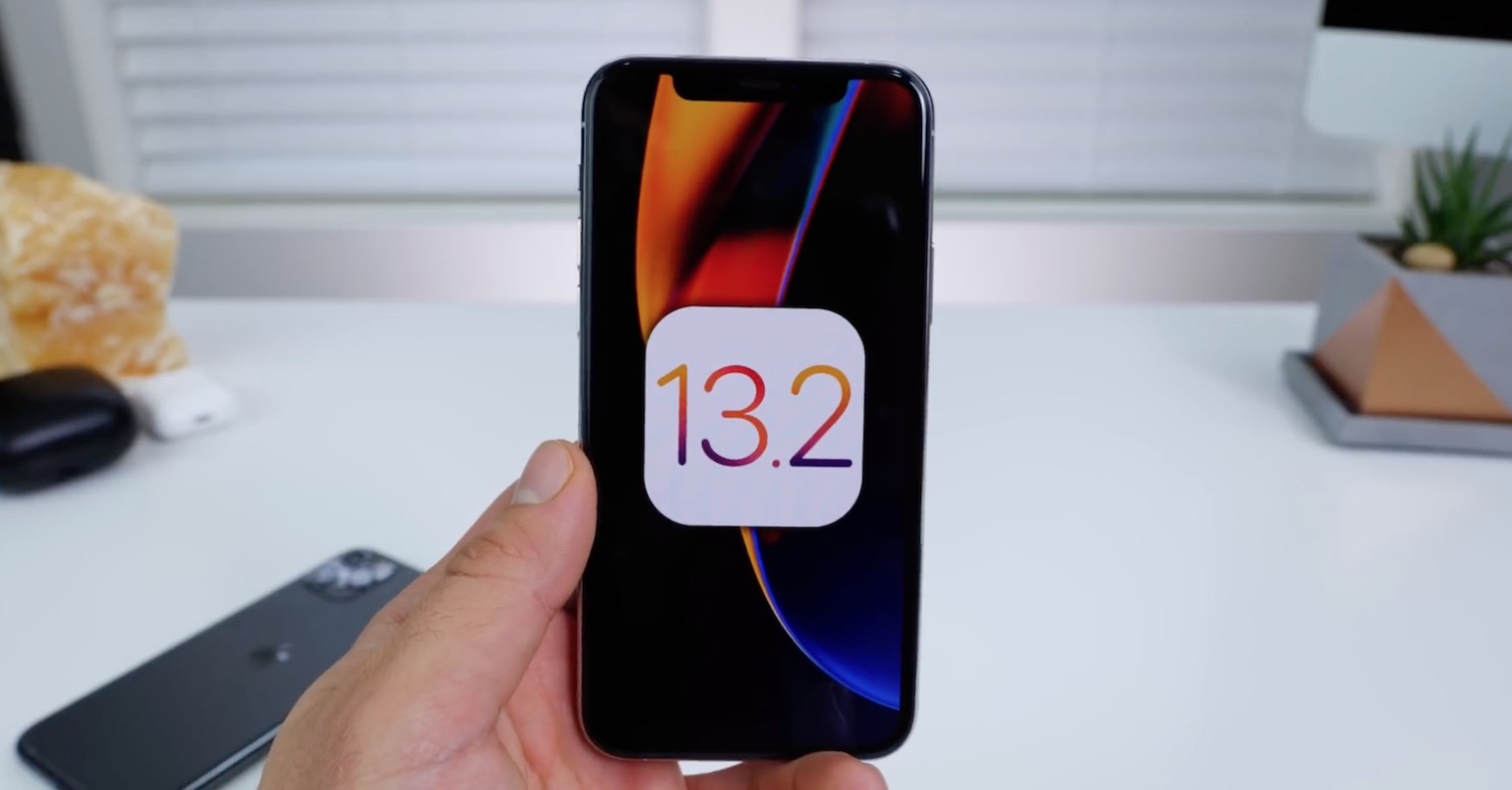Apple has been flaunting its commitment to protecting users' private data for several years. In essence, it could be said that this is one of the biggest draws of their platform, or iPhones, iPads, Macs and other devices. That these are not just empty statements should be proven by a new (or updated) section of the website, where Apple explains more specifically what it does to secure users' private data. Specifically at the iOS 13 level.
It could be interest you

You will find an interactive web section dedicated to privacy and security <a href="https://cdn.shopify.com/s/files/1/1932/8043/files/200721_ODSTOUPENI_BEZ_UDANI_DUVODU__EN.pdf?v=1595428404" data-gt-href-en="https://en.notsofunnyany.com/">here</a> – unfortunately, it is only available in English and there is no pending mutation on the Czech version of apple.com. There are several panels on the page that explain how some selected system applications work in connection with maintaining the greatest possible degree of privacy and user anonymity on the Internet.
From Safari, which tries to minimize the user's "digital footprint" when surfing the web, through the anonymization of data used for navigation and other work with the Map, or many other functions that only work locally on the phone without the need to send data about the user to some remote servers, which is not under the control of the user. In this case, it is, for example, all authentication data or, for example, analyzed data from photographs.
It could be interest you

On the website, Apple also describes the operation of its other services, such as iMessage, Siri, Apple News, Apple Pay or the Wallet or Health applications. For die-hard Apple fans, this is not some new or revolutionary information. Apple has been bragging about its approach in this area for quite some time. However, it's an interesting and well-crafted explanation for someone who isn't entirely familiar with Apple's approach. Those interested in a more detailed description can then visit this web section, where Apple explains the chapters described above even more.
